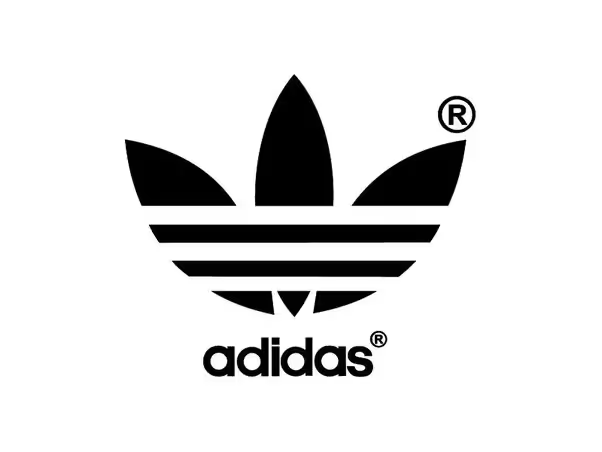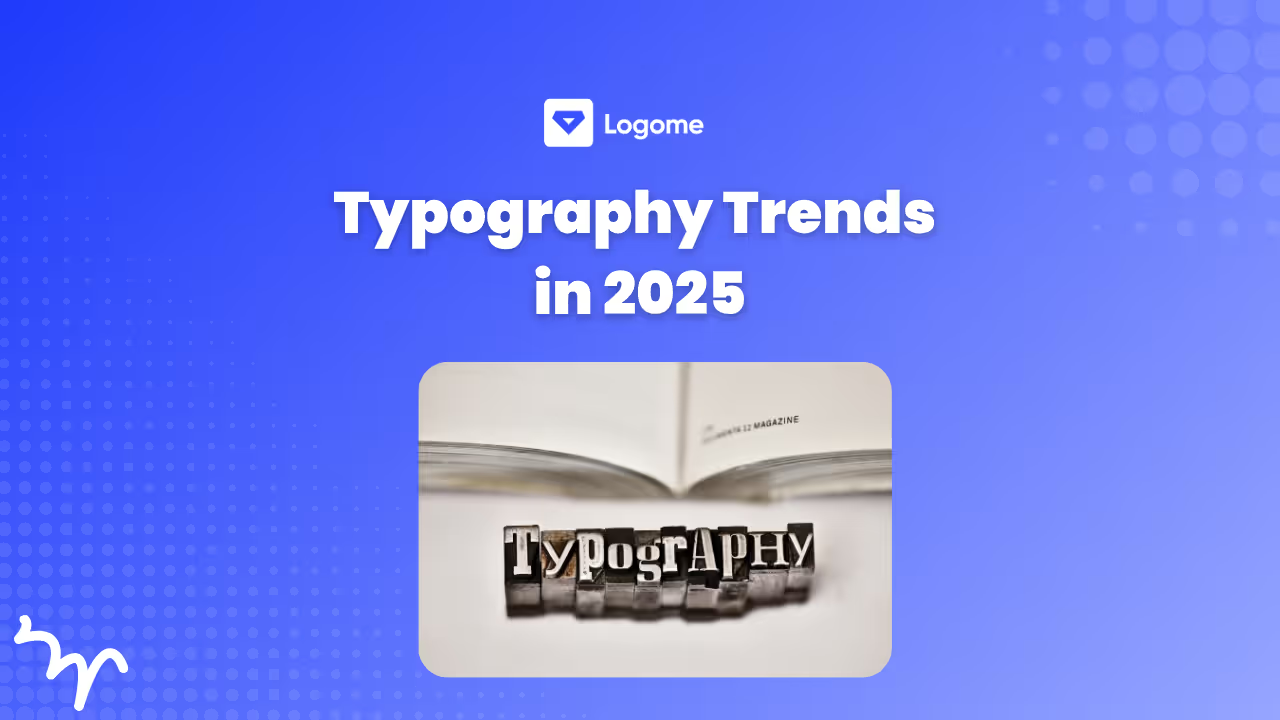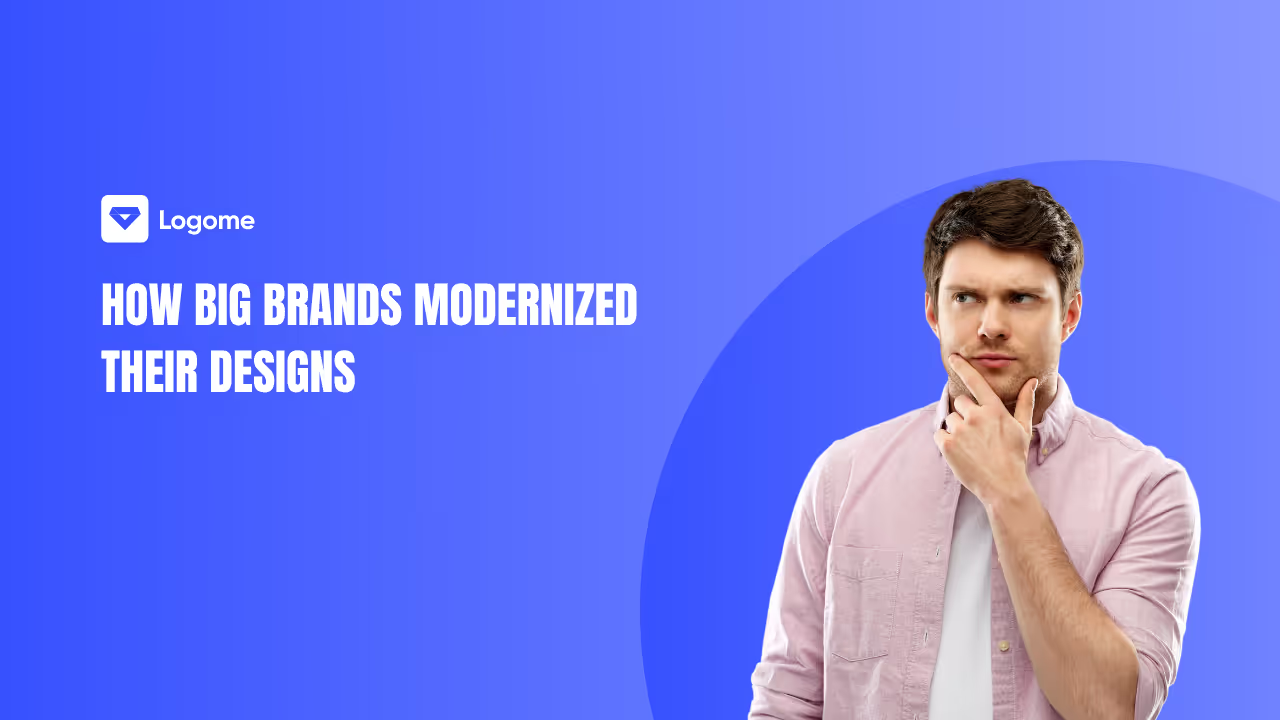Can a Brand Have Multiple (2 or More) Logos?
Learn why brands like Adidas and Amazon use multiple logos. Find the total number of brand logos you should have for your company in this brief.
Learn why brands like Adidas and Amazon use multiple logos. Find the total number of brand logos you should have for your company in this brief.
%20Logos%3F.avif)
In the branding world, the two most important factors contributing to brand logos' popularity are versatility and adaptability. One of the most effective ways to achieve this is by using a secondary logo alongside the primary one. But what are logo variants, and why does a brand need multiple logos?
Logo variants are different versions of a brand's primary logo, each designed to serve specific purposes or contexts. These variations ensure the brand remains recognizable and effective across different platforms and mediums such as websites, product packaging, store signage, email signatures, and social media.
A brand might need multiple logos to maintain a cohesive and versatile visual identity, allowing it to resonate with diverse audiences and adapt to various use cases without losing its essence. People take inspiration from the top logo trends before selecting multiple logo designs for their brands.
To create a visually consistent and versatile brand identity, companies often incorporate many logo forms. The number of these incorporated logos is dependent on many factors such as brand size, target audience, market segment, product diversity, sub-brands, campaigns, or special editions.
These are the four most popular logo variations that allow for flexibility on different platforms and in various contexts, all while maintaining brand integrity.
A brand's visual identity is anchored by its primary logo. The primary logo is the main brand logo appearing on most brand products, including packaging, business cards, websites, and ads. This logo reflects the brand's beliefs and mission, and the general look of this logo captures the essence of the company's goals. This is the logo that needs to be designed from scratch. Since it's the most frequently utilized variant, the primary logo is usually more elaborate and detailed, making it stand out and instantly recognizable.
A secondary logo is a simplified or alternative version of the primary logo. It is used in situations where the main logo might not be appropriate, as on smaller or less noticeable materials where a more intricate logo might be difficult to see. To maintain brand continuity, the secondary logo keeps the essential components of the major logo, but it is typically simpler and less complex. This variant guarantees that the brand will always be recognizable even in situations where the main logo isn't effective.
The submark logo is a smaller, often circular, or square version of the brand’s logo. In situations where there is not enough space, it is usually utilized for watermarks, secondary branding elements, or social media accounts. The submark compresses the essence of the brand into a small format, which makes it perfect for situations where a full-sized logo would be too large or unwieldy. Despite its reduced size, the submark logo still embodies the core characteristics of the brand, ensuring it remains recognizable.
A favicon( fav-icon) is a tiny version of the brand's logo and is similar to submarks, but an even smaller design mark that only includes the brand initials or a tiny illustration. This logo is frequently used as the tiny icon that appears in a browser tab for a website. The favicon helps reinforce brand identity in digital spaces, ensuring that the brand's presence is consistent across all web interactions.
There are many logo variation examples that most popular brands in the world utilize to maintain their strong visual identities. Here are a few examples:
Adidas uses a variety of logos to appeal to distinct market niches, including the globally recognizable three-stripes logo, the Trefoil for the Originals line, and the Mountain logo for sports-specific merchandise.



Amazon has different company logos, with the primary smile logo and variations for sub-brands like Amazon Prime, helping to distinguish its diverse services while maintaining brand unity.




Nike’s iconic “Swoosh” is supplemented by the “Nike” wordmark and “Nike Air” logo for specific product lines, ensuring versatility across different contexts.



Designing a logo is not a tedious task today and the quickest and easiest solution is to use an advanced AI logo maker tool like Logome. Using a secondary logo alongside the primary is an efficient way to be versatile and adaptable in today's dynamic branding market. Primary, secondary, submark, and favicon logos are examples of logo variations that aid brands in maintaining a unified and flexible visual identity.
Differentiating their logos allows companies such as Adidas, Amazon, Nike, and Apple to interact with a wide range of consumers and adapt to diverse scenarios without compromising their brand identity. These multiple logos usually keep the same font styles for branding to maintain symmetry with the primary logo of the brand. In the long run, a brand's strength, recognition, and effectiveness are ensured across all platforms and mediums through the mindful use of logo variations.



Discover how 500,000+ businesses and creators are using our AI logo maker in their Logo creation.



